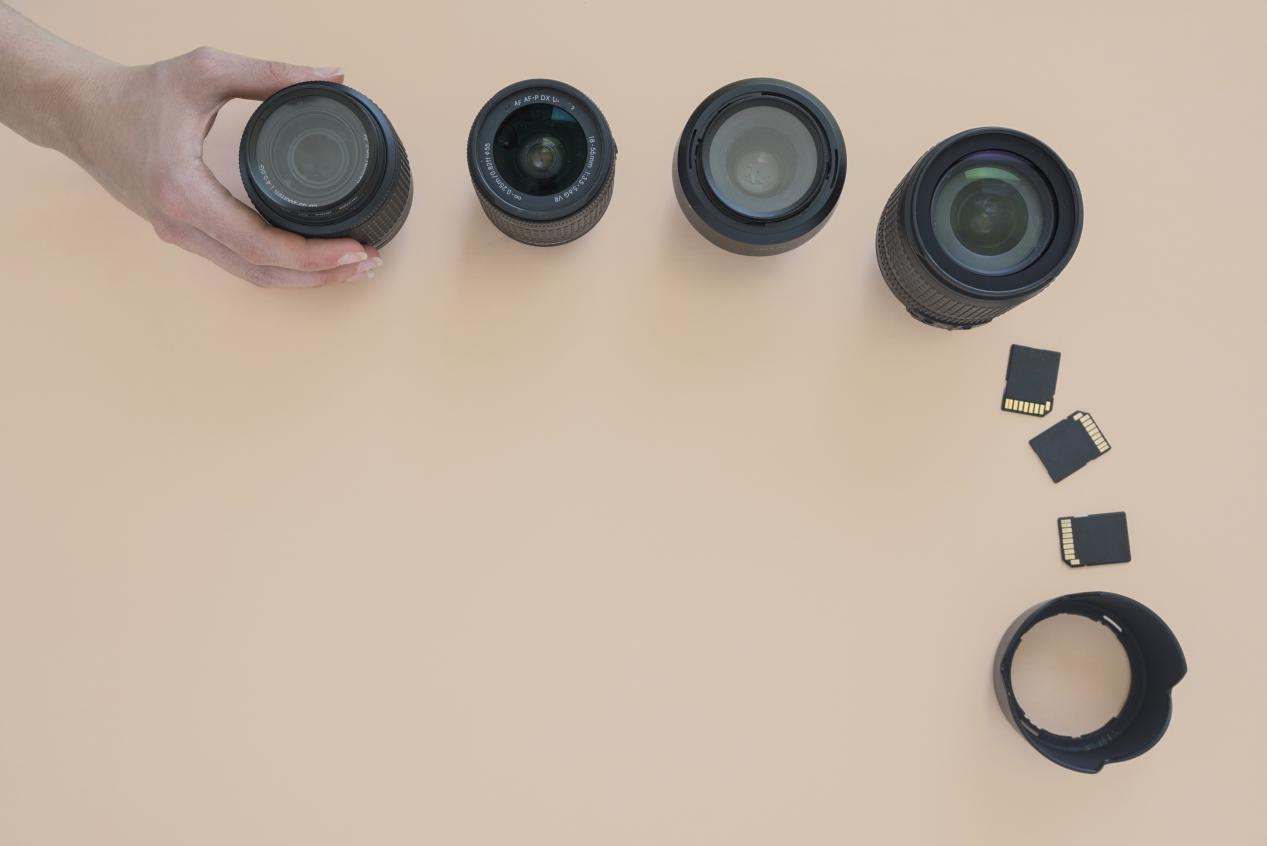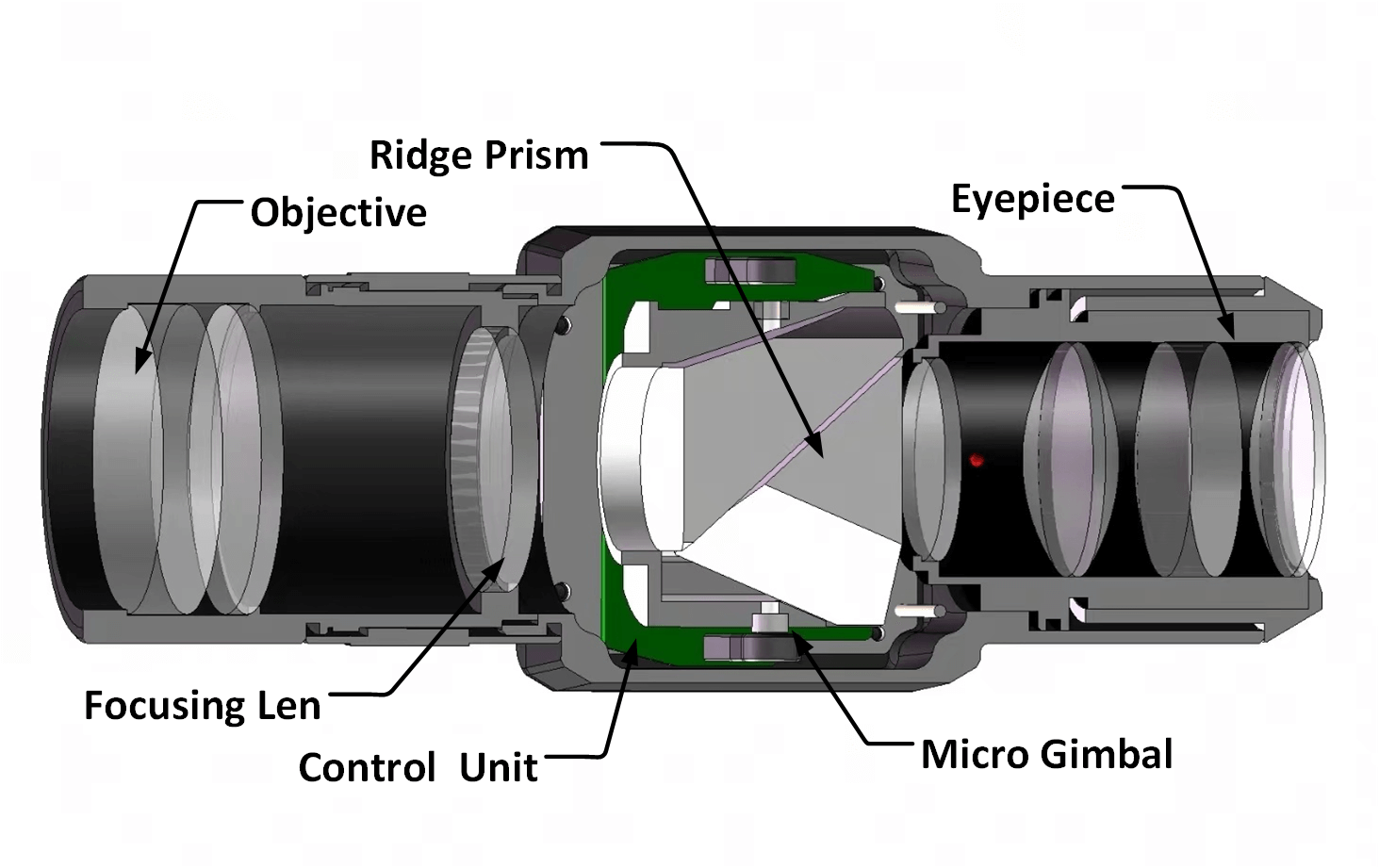
Request


Photographers who want to shoot fantastic pictures need to understand the difference between prime and zoom lenses. Both offer special talents that are best suited for various artistic goals. With an understanding of their characteristics, including how they control focus or affect picture quality, photographers can select the most suitable instrument for their work.
Prime and zoom lenses vary greatly in how they’re built and what they do. This affects how bloggers take pictures. These differences impact everything from how clear a photo is to how flexible the shooting process can be. So, it’s important to choose carefully based on what you want to achieve.
Prime lenses have a single focus distance and produce very clear pictures. They help bloggers create sharp, attractive images. Since they cannot zoom, camera operators will need to move closer or farther to get the perfect shot. There is not as much going on inside with the minimalist style, so there's less chance for blurry or bent pictures. Additionally, these lenses let in an abundance of light. This is perfect to use in dim lighting or to create a soft, blurred background to make the subject stand out.
Portrait and everyday life photography enthusiasts, bloggers employ prime lenses extensively. They photograph sharply and clearly, which emphasize the subject with a nice blur in the background. It is perfect for blog posts as well as social media. Plus, these lenses are small and light. Bloggers can easily carry them to events or on trips, capturing great photos without heavy equipment.
Zoom lenses, on the other hand, let bloggers adjust the focus distance. This makes them a flexible and quick way to capture different kinds of scenes. Photographers can change the shot without moving or changing lenses. A 24mm to 70mm zoom lens, for example, can take wide and close-up shots. This kind of flexibility is appropriate for every type of setting, like expansive landscapes or close-up photographs.
When lens changing is inconvenient, like in packed events or while photographing animals, zoom lenses become useful. Bloggers can adjust fast to capture varying moments, like a crowded marketplace or a rapidly changing scene, without needing extra gear. This ease makes zoom lenses a favorite for fast-paced places.
The decision between prime and zoom lenses comes down to where you're shooting, what you're shooting, and just how good you need your images to be.
Portrait photography typically demands prime lenses. They are better at creating sharper images and a silky, out-of-focus background that defines the subject. For example, a 50mm lens with a wide aperture replicates how human eyes naturally perceive. It produces photographs with a natural, eye-catching look with superb subject-background separation. This positions prime lenses as a number one choice for bloggers who want stunning portraits.
In dark settings, prime lenses do better because they let in more light. This means bloggers don’t need extra lights or high camera settings that can make photos grainy. Those who shoot indoors or at night will notice a big improvement in their pictures with prime lenses.
For travel blogging, where scenes change quickly, zoom lenses are more practical. They provide for broad shots, like panoramic landscapes, or move in close without having to lug multiple lenses. One example is a 24mm to 105mm vari-lens that shoots many subjects, like broad nature scenery to close buildings. It is thus a suitable option for travelers.
In order to maximize their lenses, bloggers should understand skills appropriate for every category. This boosts creativity and improves photo quality. Taking good care of lenses and using extra tools can also make a big difference in various shooting situations. This helps bloggers get the results they want.
With prime lenses, bloggers can improve their photos by using wide settings to focus on the subject while blurring the background. Since they can’t zoom, trying different angles and distances adds variety to shots. Tools like filters can help control bright outdoor light, making pictures look better. Affordable gadgets can also let bloggers try close-up photography. This allows them to capture tiny details without needing a full camera setup.
Zoom lenses need careful techniques. Bloggers should practice smooth adjustments when filming videos to keep the quality high. Knowing which focus range works best for certain shots—like wide for landscapes or longer for portraits—makes shooting more versatile. When using longer focus distances, keeping the camera steady is important to avoid blurry photos from hand shakes. Tools that reduce shaking help a lot, especially for handheld shots in busy settings.
Keeping lenses in good shape is very important. Bloggers should clean lens surfaces with soft cloths and special cleaning liquids to avoid scratches. Storing lenses in dry places with packets that absorb moisture prevents damage, like mold growth. Using protective covers or shields also protects lenses from bumps, keeping them reliable for years.
Hemusun is known for its focus on new ideas, high quality, and great customer care in the lens industry. They offer a wide variety of strong lenses and keep strict quality standards. This helps bloggers and photographers get professional tools that match their creative needs.
Hemusun is excellent at researching, developing, and making optical tools. Their skilled team uses modern materials and technology to build dependable products. They run advanced facilities and perform thorough quality checks to ensure accuracy. Certifications like ISO and CE, plus many patents, show their dedication to being the best.
Hemusun offers versatile optical products for professionals and hobbyists:
Anti-Shake Cell Phone Lens / Monocular 2-in-1 Lens-12x33
Features stabilization technology to reduce blur, ideal for low-light photography, doubling as a telephoto lens and monocular.

Cell Phone Telephoto/Monocular 2-in-1 8x22
Features stabilization technology to reduce blur, ideal for low-light photography, doubling as a telephoto lens and monocular.
Cell Phone Telephoto/Macro/Monocular 3-in-1 7x18
Combines telephoto and macro capabilities, focusing from 15cm to infinity for detailed or distant shots.
These products cater to diverse needs, from blogging to professional photography.
Bloggers who want to enhance their content must choose lenses carefully. Prime lenses are perfect for capturing sharp portraits with nice blurry backgrounds, perfect for close-ups. Zoom lenses offer flexibility, and bloggers can capture all types of scenes without having to switch gear constantly.
A:Prime lenses generally have more light pass through bigger openings, e.g., f/1.4 or f/1.8. Zoom lenses generally have smaller or changing openings, e.g., f/3.5 to f/5.6. Prime lenses are thus ideal for low-light settings or blurring the background.
Q2: Can zoom lenses work well in low-light conditions?
A:Zoom lenses generally let in less light than prime lenses. But some high-end models keep a wide opening, like f/2.8, across their range. These do well in dim settings but often cost more than prime lenses.
A:Consider the kind of material you are producing. Prime lenses are best reserved for portraits or close-up shots because of their sharpness and blurred background. Zoom lenses are most appropriate for dynamic surroundings, like travel or events, where you need versatility.